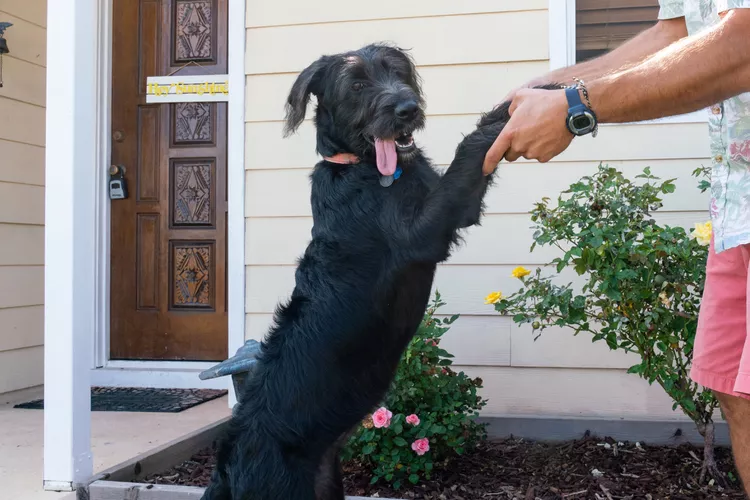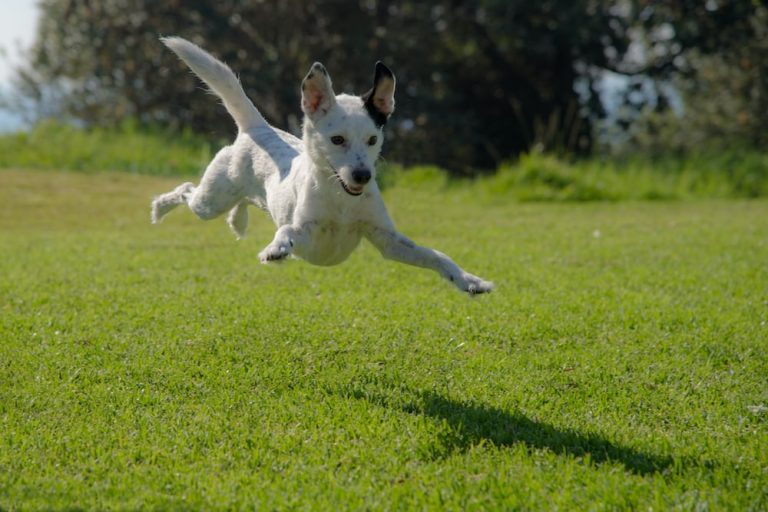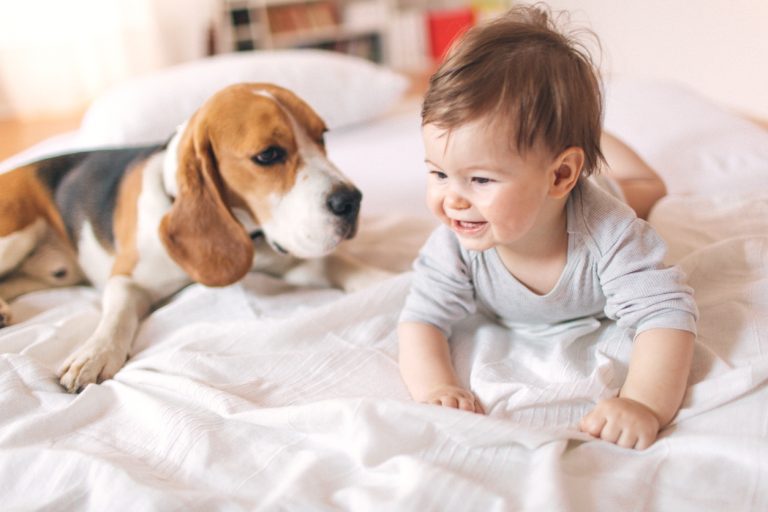Training a dog guide For first timers
What to buy a puppy or new dog
- A comfy bed
- Food bowl
- Water bowl
- A lead. A basic lead is best for teaching your dog to walk nicely next to you.
- A plain-buckle collar with your details on it or a tag. This is a legal requirement for UK dogs.
- A harness. We recommend attaching your dog’s lead to a harness so they don’t experience pressure round the neck if they pull. Make sure it’s a harness that allows your puppy to walk and run naturally, as opposed to one that restricts the way they move.
- Toys for keeping calm or amused, for example a Kong
- Toys for play
- Toys for teething (for puppies)
- Dog Crate
Choosing a vet
Researching before you bring your dog home will give you peace of mind if your dog suddenly becomes ill soon after you get them.
If you’re getting a puppy or a dog from a rescue without a vaccination history, you will need to take them to your vet a few weeks after they arrive home. Read more about dog vaccinations.
Read our advice about taking your dog to the vet for the first time to help you prepare.
Taking time off work to get a dog
The dog descended from the grey wolf over 15,000-odd years ago and has evolved to live and work alongside us. As such, they’re social creatures who like human company and most find being alone for long periods of time stressful and lonely.
By planning ahead and preparing your dog to be comfortable when left for short periods (we recommend no longer than four hours at a time once they are old enough), you can fit your dog into your modern lifestyle.
If you’re planning on taking time off work to welcome your new puppy or dog home and settle them in, use that time to start working on getting them into a routine. Going straight from being around them constantly one week to leaving them alone for several hours straight the next will upset them and can lead to separation anxiety.
Time spent alone should be built up gradually over time to a maximum of four hours. Your dog, or puppy, will do best if they learn to be comfortable with being left.
If you do work full time and aren’t able to take your dog to work with you, we strongly recommend finding a family member, pet sitter, or dog walker who will spend regular time with your dog when you’re not around during the day.
Choosing a dog training class
Taking your dog to a professional training class is a great way to build your relationship in a safe and structured environment with an expert on hand to guide you both. If you are able, we do recommend going along to a class rather than only training at home, as the trainer can give you hints and tips to help you train your dog in an effective way, and will likely offer advice you may not have thought of.
Before you book, it’s a good idea to go along and watch a class (without taking your dog) to give you a feel for what’s involved. Good classes will have:
- A friendly trainer who is helping dogs and their owners in a positive way
- A calm atmosphere without over-excited dogs or lots of barking, which can be a sign of stress. The dogs and owners should also be relaxed.
- Dogs shouldn’t be allowed to play uncontrollably
- The trainer(s) should be able to handle the number of dogs in the class
- Training methods should be positive and reward-based. Avoid any classes where dogs are punished or equipment such as choke or electric collars are used.
It’s worth noting that dog training classes aren’t regulated and so how good they are varies widely. Blue Cross only recommends taking a class where the trainer uses modern science-backed training methods, which focus on rewarding a dog using praise, food and play for doing well rather than punishment when they don’t get it right. Dogs are far more likely to repeat their good work when you make it clear they’ve done well, and positive training is a great way of building their trust in you and their confidence in themselves.
Be wary of trainers who use aversive training equipment, such as choke or pinch collars, or harsh methods such as physically pushing a dog into a sit or pulling them into another position. Dogs can find these training techniques stressful, and some even cause them pain.
Top tips from real first time dog owners
We asked real dog owners for their top tips and the things they wished they’d known when they first got their dogs. This is what they told us:
“The one thing I wish I would have known before getting a puppy is how challenging it is to crate train, you need to be persistent and realise that it isn’t going to happen overnight and takes time for the puppy to get used it!”
Lola the dachshund’s owner
“I wish I’d known how those puppy dog eyes can make you feel guilty for even popping to the shops. Even going on holiday without them can leave you worrying! The new addition is like a family member you are 100 per cent responsible for their whole life.”
Shortcake and Pippin the Labradors’ owner
“With a busy family life, we include Diddy in our family activities. So weekends are full of exploring different walks, teaching him new tricks and then all snuggling down for a movie. This makes sure Diddy gets the exercise and stimulation he needs, as well as that fresh air and activity that is good for the family too.”
Diddy the lurcher’s owner
“Don’t underestimate how hard [first time dog ownership] will be. There will be moments that you’ll doubt yourself and your ability to be a good dog parent. With persistence and patience, you’ll break through the other side and be overwhelmed with love and pride for just how far you’ve come together.







